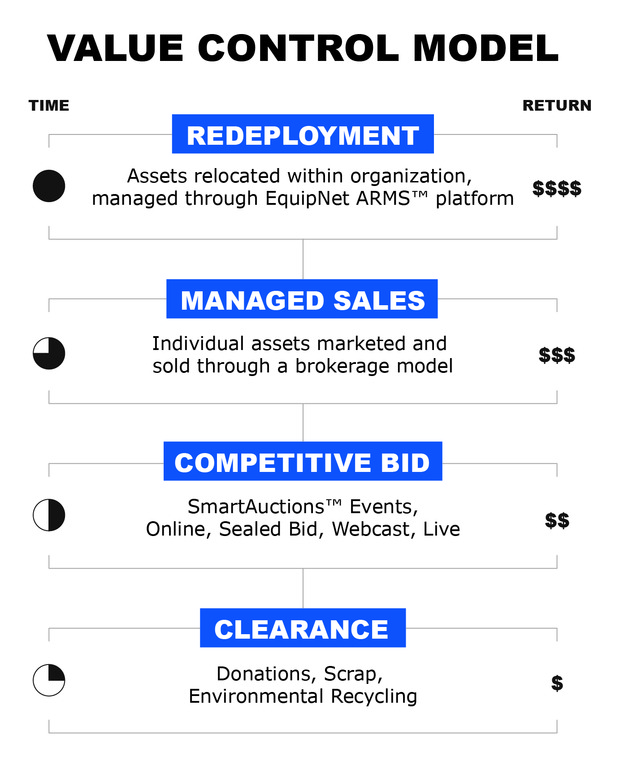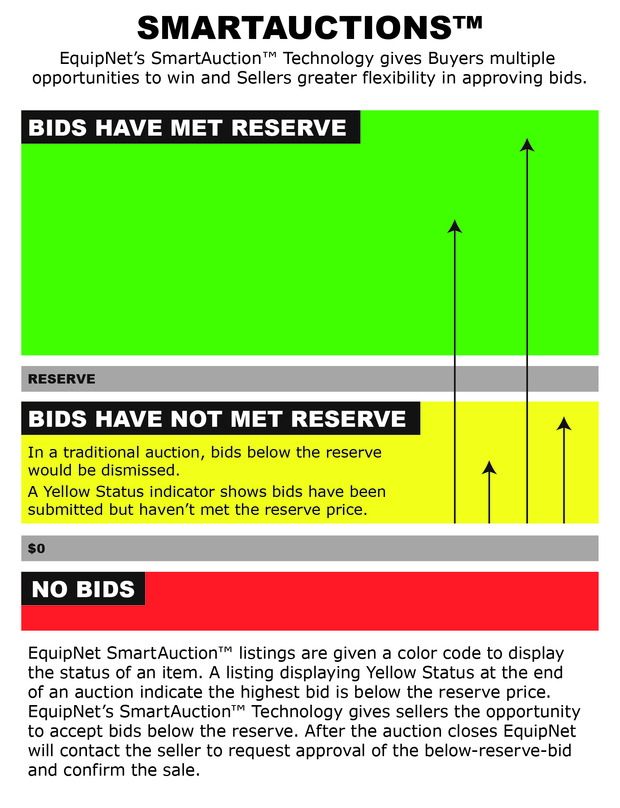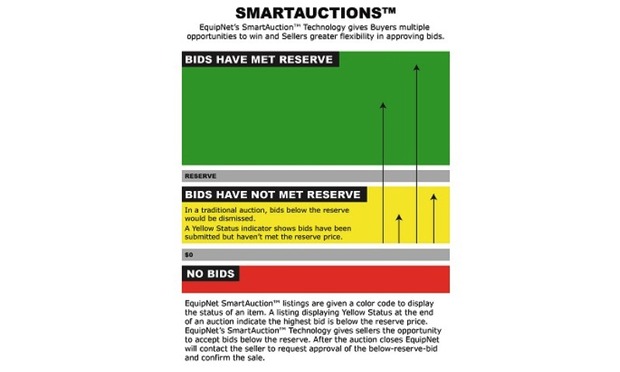Cash in the cupboard
3 Jul 2014
Steve Maggs, managing director, European operations at EquipNet discusses the importance of asset management, and how you can generate income and improve efficiency for your organisation by looking proactively for surplus and idle lab equipment.
Vast amounts of revenue are spent every year on the laboratory equipment and instrumentation that is essential for research and analysis in the pharmaceutical, biotechnology and chemical sectors.
However, our experience - backed up by industry research - suggests that a significant number of ’lab assets’ are laying idle. But why is that?
Projects finish, priorities change, and the focus of research shifts, making that indispensable instrument surplus to requirements.
By allowing excess equipment to sit idle, laboratories are missing opportunities to tap into a potential source of income.
So what can you do about it?
Proactive asset management is a collective term that encompasses:
- A central tracking system that allows users across a business to keep track of idle and surplus equipment
- Successful redeployment of equipment to another part of the same organisation
- The sale of items that are no longer required
- Disposal or scrap of equipment that is at the end of its useful life
Why do I need a complete system for asset management?
Pursuing a proactive asset management strategy is not without its challenges. It requires a formalised process, specialist knowledge of the industry and the marketplace, dedicated resources and a concerted approach.
Many companies lack the time and resources to establish and run a programme like this with success.
Most of our customers are scientists who specialise in ground-breaking investigations and research - they are not experts in equipment sales, and are the first to admit that having a specialist’s help in this area is a huge advantage.
For those wishing to achieve the very highest levels of excellence and deliver the greatest return on investment, an outsourced partner can deliver the expertise, know-how, and the tools required to make the most of the process.
What’s involved?
The route to a successful asset management system changes depending on the final aim of our client. Some wish to dispose of their asset base as quickly as possible, while others place more importance of achieving the best possible return on their initial investment.
In many cases, it is somewhere in the middle. This is why we developed our value control model (see Fig.1).
This combines internal redeployment, sales and disposal to deliver a consolidated service that meets the company’s requirements.
As mentioned above, the first step is to allow visibility of idle and surplus assets across multiple sites. Companies can see whether a certain piece of equipment would be of more value in another location - a strategy that always delivers the highest value.
EquipNet achieves this using a central tracking system - ARMS (Asset Redeployment Management System).
This is a web-based platform that is installed behind an organisation’s firewall and allows users across a business to post, track, identify and complete the paperwork necessary to internally redeploy equipment.
If redeployment is not an option, then a laboratory will typically look to sell-off the surplus equipment. The ’mechanics’ of a sale may have become more straightforward with the rise of the internet, which allows instrumentation to be sold to purchasers worldwide.
However, considering the complex and highly specified equipment often found in laboratories, it cannot be denied that having the personal touch of an expert can still be a real benefit.
A brokered sale relies on the skill and expertise of the sales partner, where product knowledge and industry connections add significant value to the process.
When time is limited, an auction is a dependable tool for moving equipment. Designing and managing such an event can be complex, however.
We are able to advise our customers on the right approach in this process, whether it be a live auction, a webcast event, sealed bid or private treaty sale. Independent of the format of the auction type, innovation and expertise should be applied by your partner in the process.
EquipNet’s proprietary system - SmartAuctions (see Fig.2) - gives buyers multiple chances to win and sellers more flexibility in approving bids.
In any business, there are occasions where clearance is the best route to realise value from some equipment. This can be done through a programme of donations, scrap and environmental recycling.
What are the main advantages of this integrated process?
A complete, intelligent system for managing the use and deployment of surplus and idle equipment can prevent valuable assets lying idle. From redeployment, through sales channels, to scrap, it is possible to evaluate the potential options and select the path which is most beneficial.
An entire asset management system should be designed to manage all of the necessary processes, and ideally take place under the guidance of dedicated experts.
Using this model, companies can come up with a strategy to generate the highest possible level of return on their investment, while still meeting their own timelines.
Ongoing asset redeployment
If we consider an ongoing case study of our work, we started a global initiative with a major company around four years ago, with the goal to provide visibility across numerous sites.
Using the approach described in this article, it has been possible to achieve full visibility for idle assets, to redeploy key items within the business, and sell off surplus equipment.
In addition, the company also purchases premium second-user equipment through EquipNet channels. So far, this programme has generated over $40 million (£23.3m) in savings.
In our experience, this is not uncommon. Most laboratories have assets lying idle, and many companies would benefit from a proactive approach to managing its equipment and instrumentation.







